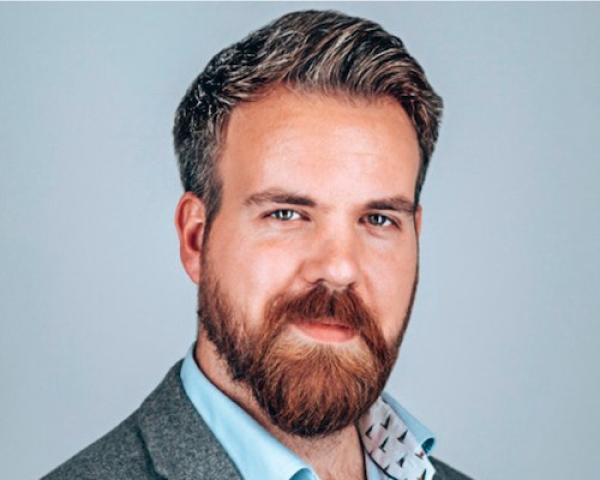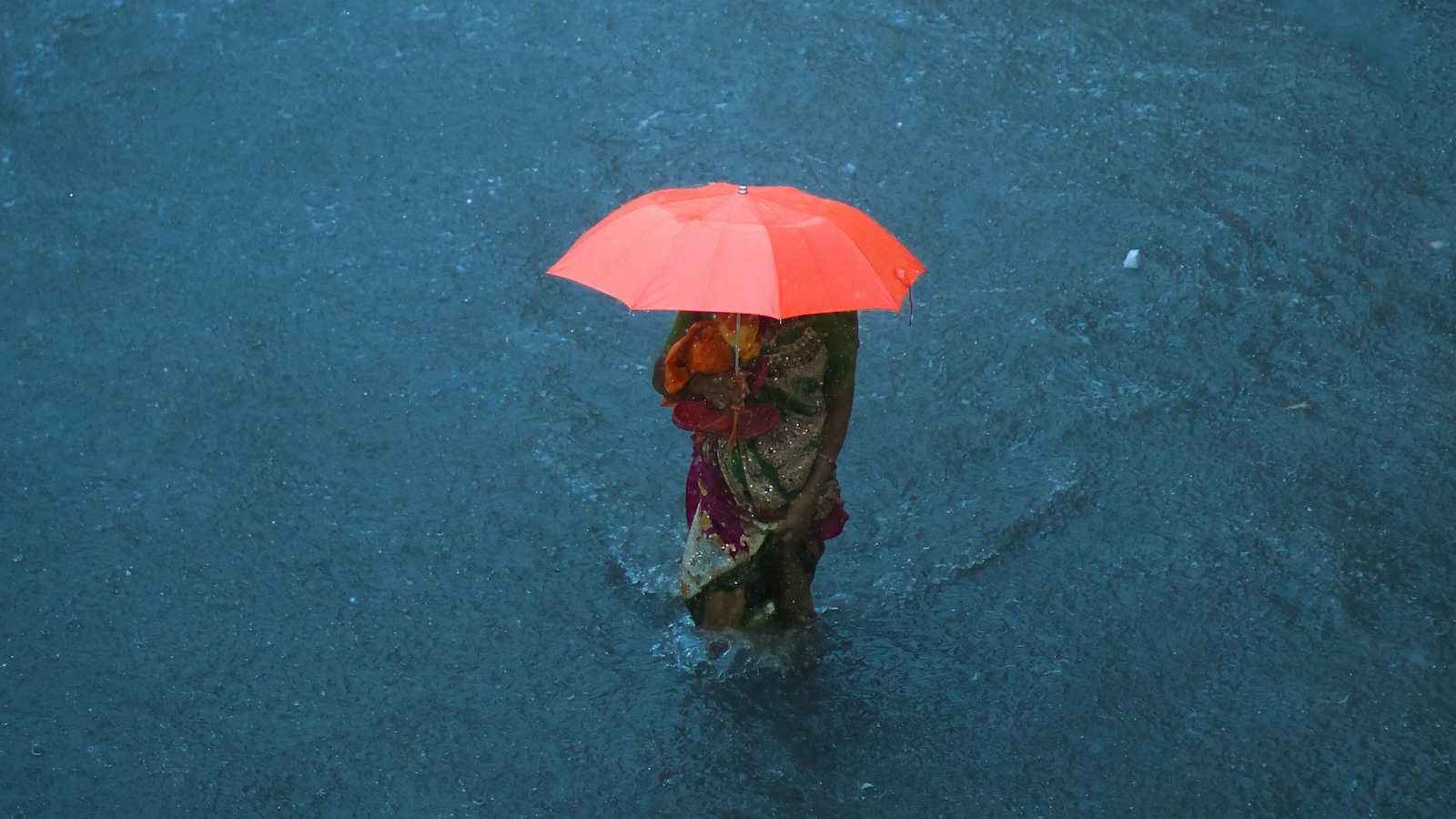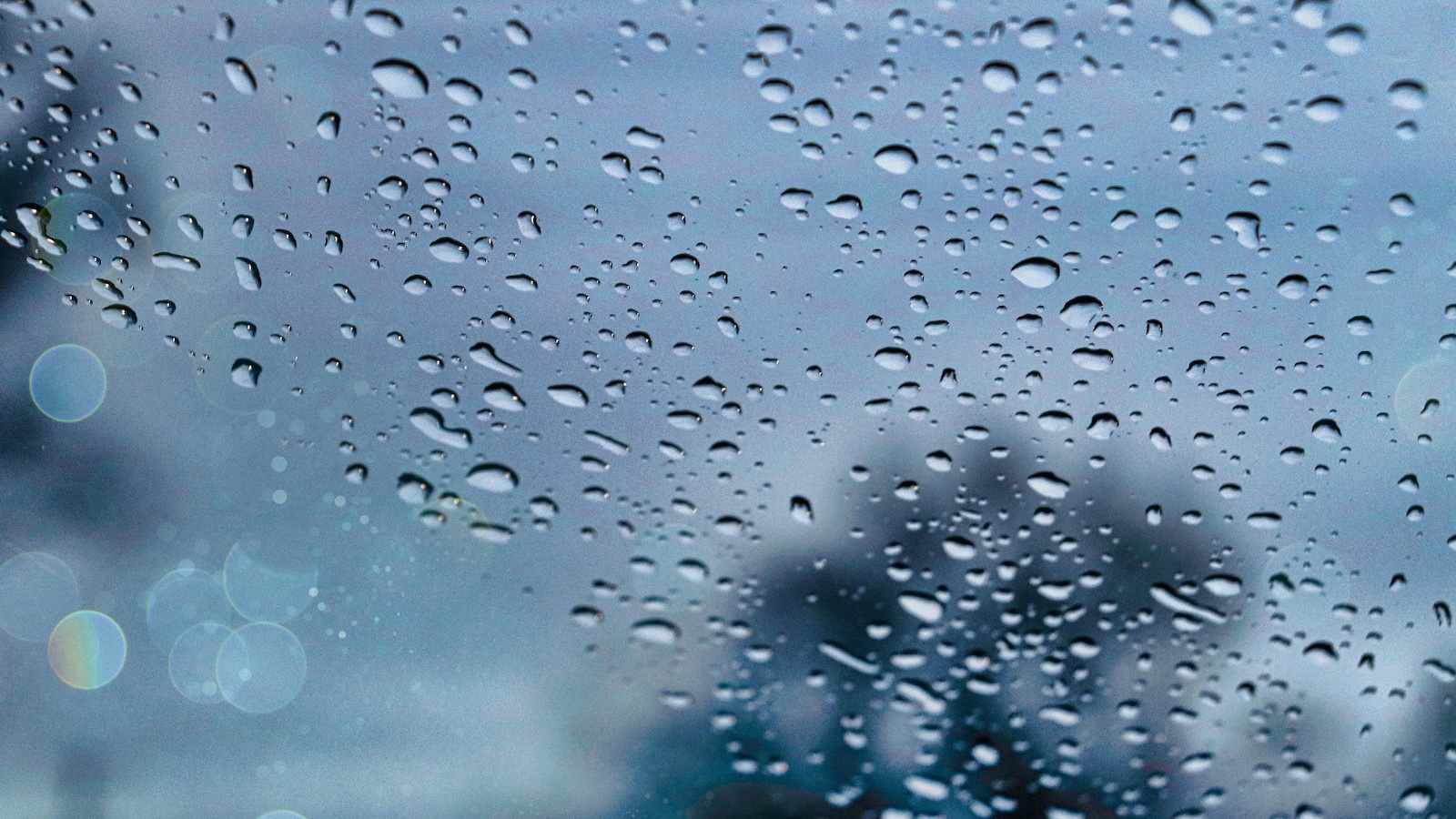Florida is one of America’s most disaster-prone states, especially vulnerable to hurricanes due to its location between the Atlantic Ocean and the Gulf of Mexico, so it should come as no surprise that Florida ranks fifth in major disasters since 1953. 160 events have hit the Sunshine State in this 71-year period.
With the notable exception of 1992’s Category 5 Hurricane Andrew, the most destructive hurricane to ever hit Florida in terms of structures damaged or destroyed, the state was spared major hurricane-driven losses across several decades in the 20th century. This was even as it became the country’s third-most-populated state and exposure increased year-on-year as population centers expanded.
However, in 2004, what is remembered today as the “mean season,” four hurricanes – Charley, Frances, Ivan and Jeanne – struck the state in a single year, one after the other.
This was the first such season in the U.S. since 1886. In just six weeks, those four hurricanes caused 125 deaths, damaged hundreds of thousands of properties, left millions without power for weeks and resulted in around $40 billion in property damages in Florida alone.
While the sheer destruction of Hurricane Katrina might exert a stronger pull on our collective imaginations, given that it’s now 20 years since those terrible storms in Florida, it’s worth asking what the industry has learned since then.
See also: The Hurricane Forecast Keeps Getting Darker
The many challenges of natural catastrophe response
It’s important to recognize the increasing scale of the problem. Florida has suffered more hurricanes than any other U.S. state, and the U.S. Environmental Defense Fund says they are becoming more unpredictable and causing more flooding.
Policies can offer inadequate coverage. Insurers may refuse to cover many homes and businesses in particularly hard-hit areas. And, of course, claims can take months to settle, leading to bankruptcy for many businesses and great distress for domestic policyholders.
Important lessons have been learned
But society is more prepared overall, and the insurance industry, in turn, has upped its game regarding hurricane event response. These changes include:
- Publicly underwritten property insurance. Some of the changes in Florida predate 2004. They came about in response to 1992’s Hurricane Andrew, which drove 16 insurance companies into insolvency and caused several others to leave the Florida home insurance market altogether. As a result, in the 1990s, the state of Florida created the Florida Windstorm Underwriting Association (FWUA), which provided coastal residents with wind-only coverage, along with the Florida Residential Property and Casualty Joint Underwriting Association (JUA). These two combined in 2002 to form the Citizens Property Insurance Corporation, a not-for-profit, tax-exempt government entity to provide property insurance to eligible Florida property owners unable to find insurance coverage in the private market.
- Cat modeling. A key change since 2004 has been the industry’s approach to catastrophe (Cat) modeling. Once the preserve of reinsurance buyers, Cat modeling and analytics are now widely adopted across the industry. Virtually every risk with catastrophe exposure is now run through one or more models to consider potential loss scenarios, while commercial policyholders will often seek to understand their Cat exposures so they can negotiate with insurers, according to Marsh.
- Increased focus on data quality. We’ve also seen a massively increased focus on data quality. For example, in the wake of Hurricane Katrina, the industry noticed a significant mismatch in modeled and unmodeled insurance losses because the Cat models of the time overestimated the impact of wind damage and underestimated the damage from flooding and storm surge. Initial damage estimates for Hurricane Katrina represented only about a quarter of the final tally. This issue remains to this day. In the 2000s, credit rating agencies also started looking at how insurers and reinsurers used Cat modeling in their capital management strategies. As Marsh puts it, credit ratings agencies’ attention “sharpened insurers’ focus on accurate risk modeling.”
- Better understanding of the scope of coverage. In the wake of 2004 and particularly 2005, many businesses were shocked to learn that they weren’t covered for storm surge. Yet storm surge was responsible for much of the damage post-Hurricane Katrina—even more so in New Orleans compared with Florida. Many disputes ended up in court, and insurers had to pay out for significant extra losses. Since then, many policyholders have become more careful about the coverage they purchase, while insurers have tightened their policy wordings. Even so, the possibility of misunderstanding, underinsurance and expensive litigation persists.
- Business continuity and crisis management. The mid-2000s hurricanes also increase the industry’s – and policyholders’ – awareness of the need for business continuity, crisis management and mitigation. This is partly a response to the rising costs of coverage and advances in technologies that can sense and track storm damage and issue more timely warnings ahead of storms making landfall.
Building on the lessons of the last 20 years
The history of the insurance industry’s hurricane modeling, mitigation and claims response shows an industry keen to learn and progress but also one that is still hindered by the scale of the issues and the limitations of technology. For example, a keen awareness of the value of accurate data is of little use if the data available is not accurate enough to deliver an actionable response.
Fortunately, developments in both new technologies and approaches are now available to address this and leverage the value of what’s been learned over the last 20 years. For instance, insurers are now ready to embrace a more data-driven approach to event response and claims.
See also: Geomagnetic Storm for Insurance?
What’s new and making a difference?
Solutions now exist that empower insurers with timely and accurate data and intelligence to respond swiftly and effectively to hurricanes and other catastrophes. Using near real-time, multi-sourced data, such as satellite, aircraft, drone, IoT and on-the-ground vehicle-based imagery overlaid with human insights, now delivers actionable intelligence.
With this data, loss-reserving teams gain a rapid quantification for events, at both individual and portfolio level. Exposure managers benefit from the ability to refine ultimate loss estimates to a finer degree, streamline processes and optimize resource allocation.
Claims managers gain rapid on-site assessments immediately following catastrophic events, even in hard-to-reach areas. This expedites claims decisions and facilitates efficient on-ground resource management, including triage and oversight.
Last but not least, underwriting teams gain a better understanding of the quantum of loss and a more accurate assessment of risk for future pricing or risk acceptance.
Of course, the speed and accuracy of this data mean that, in addition to getting a more accurate assessment of the damage as it happens and a faster claims response time, insurers can also get an accurate advanced picture of claims, even before first notice of loss, giving them a high level of reserving accuracy and oversight of how hurricanes are likely to affect their portfolio.
Many forward-thinking carriers, reinsurers and their clients already benefit from these advances, building on the lessons learned over the last 20 years of increasing storm damage. With solutions like these available, it will be fascinating to see what lessons the leading insurers of the next 20 years will learn from the hurricane seasons that lie in wait.






